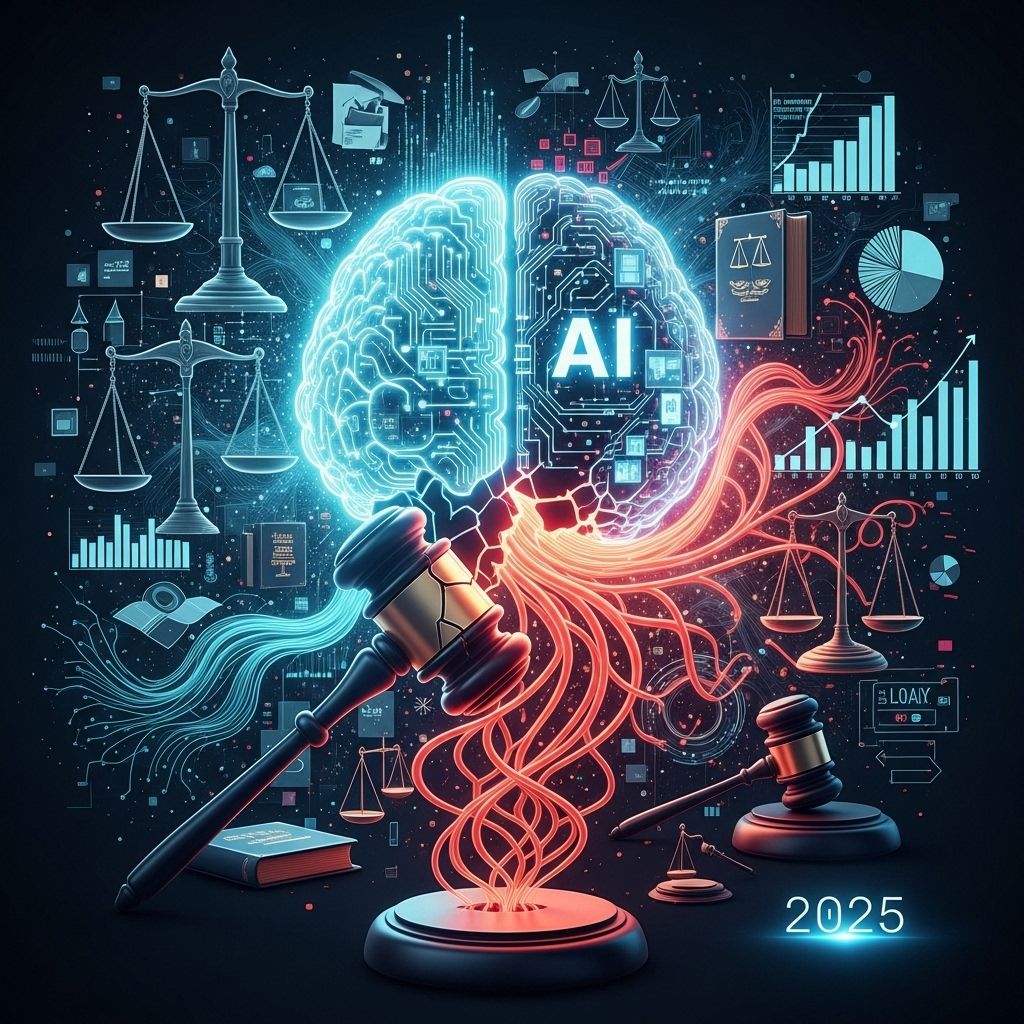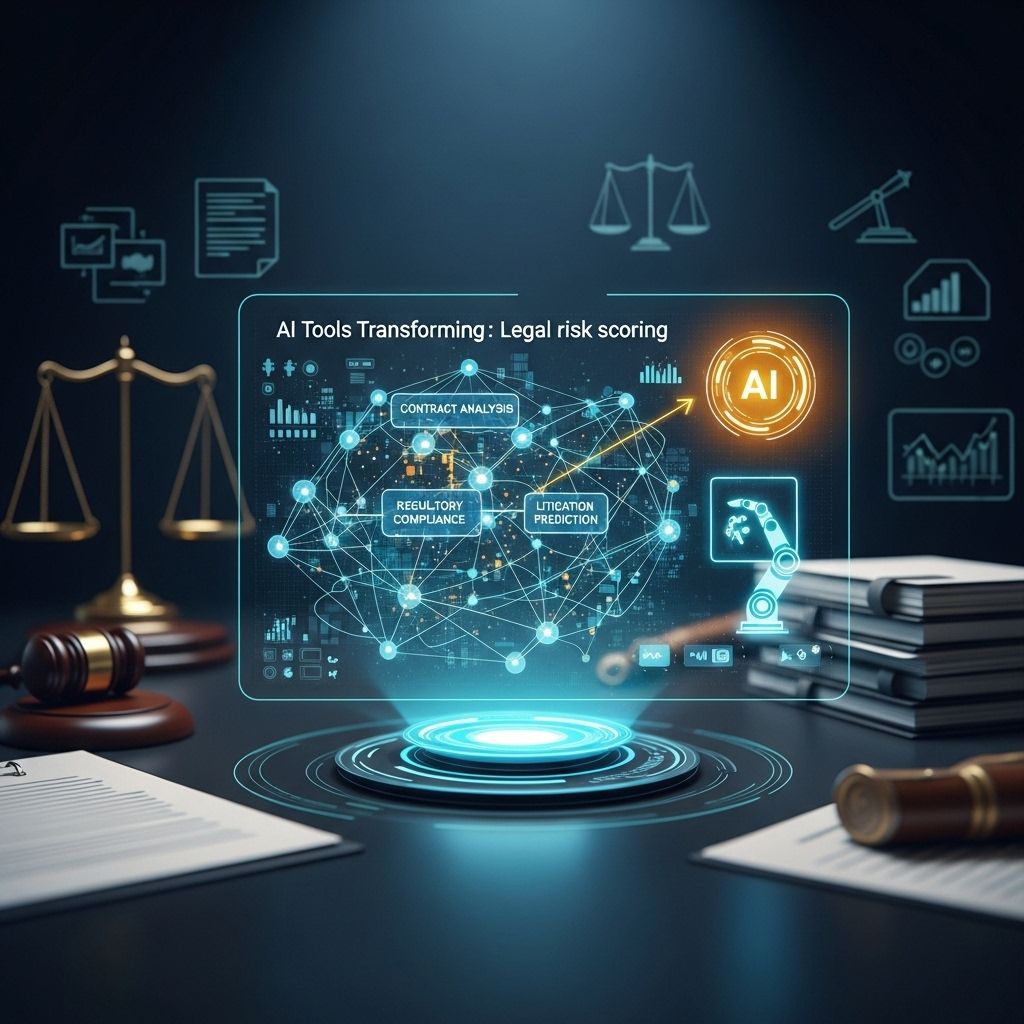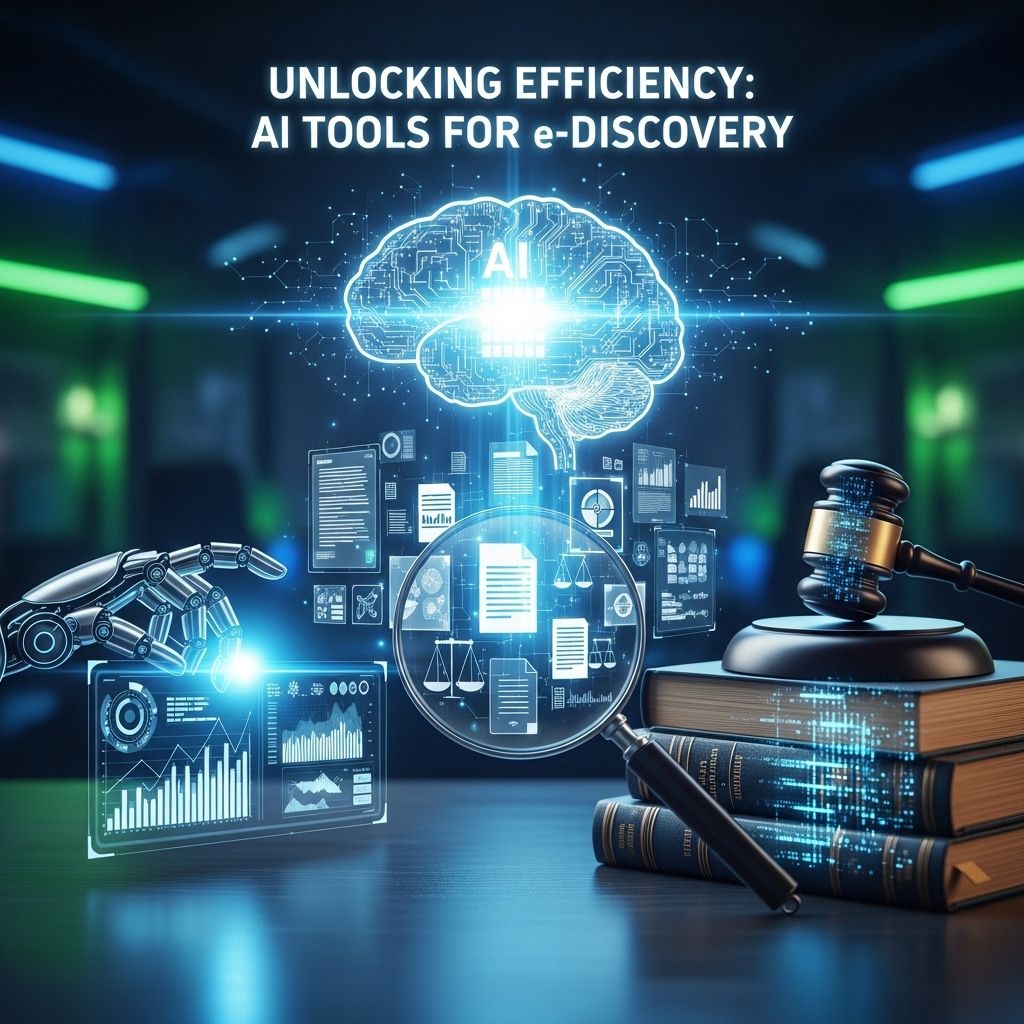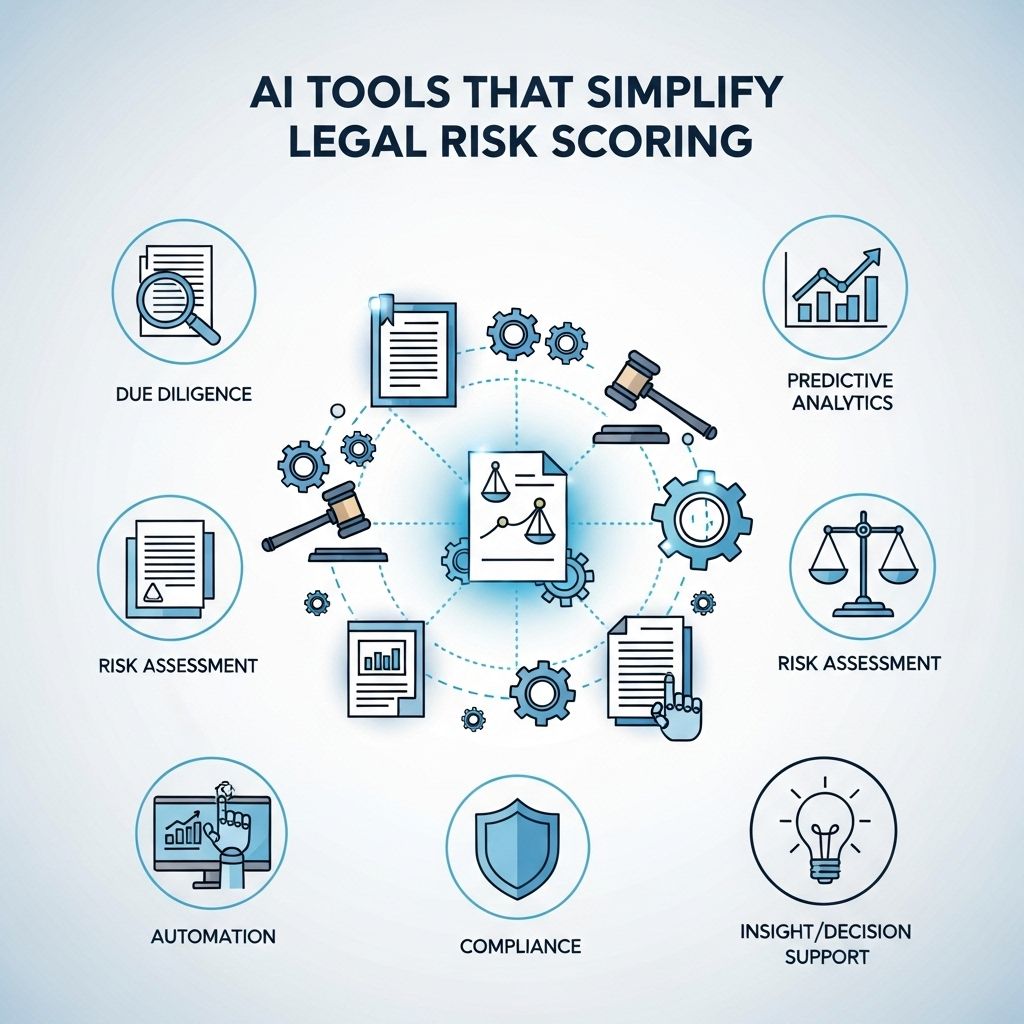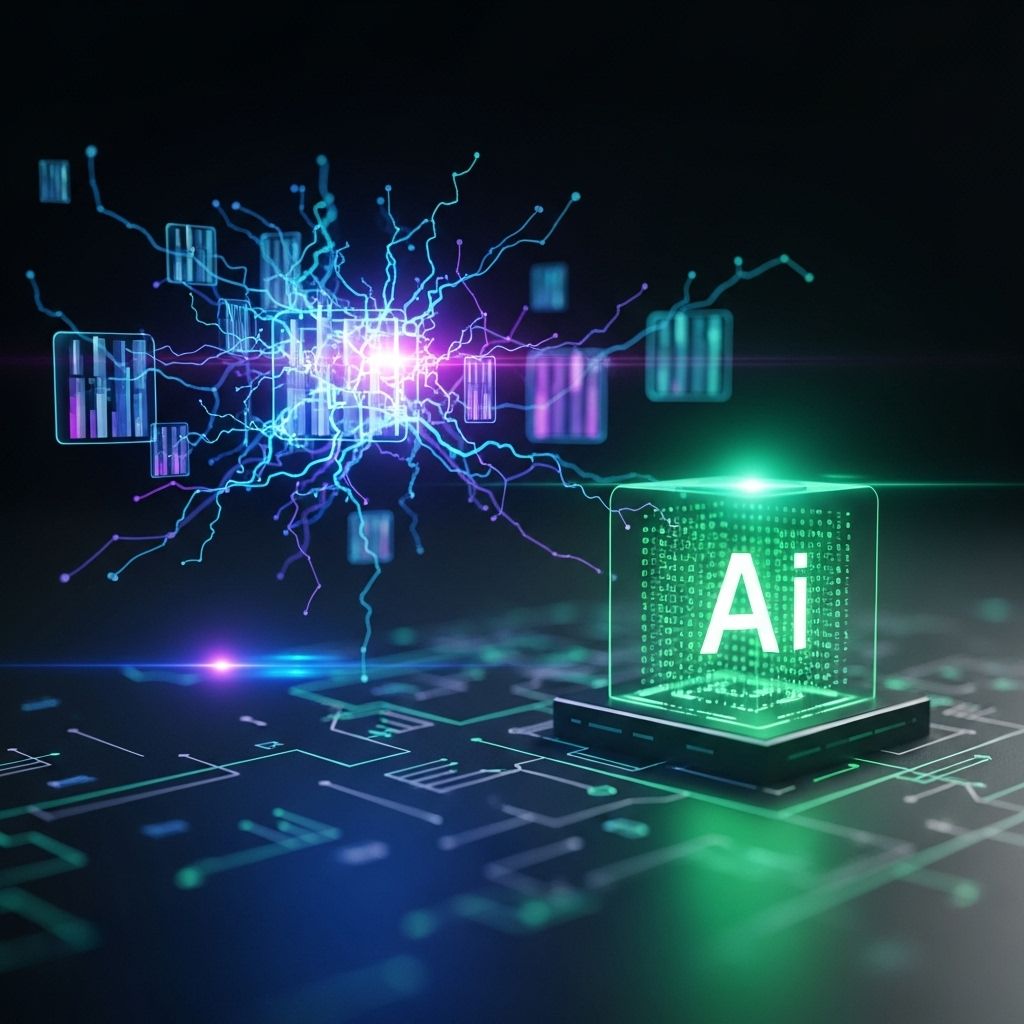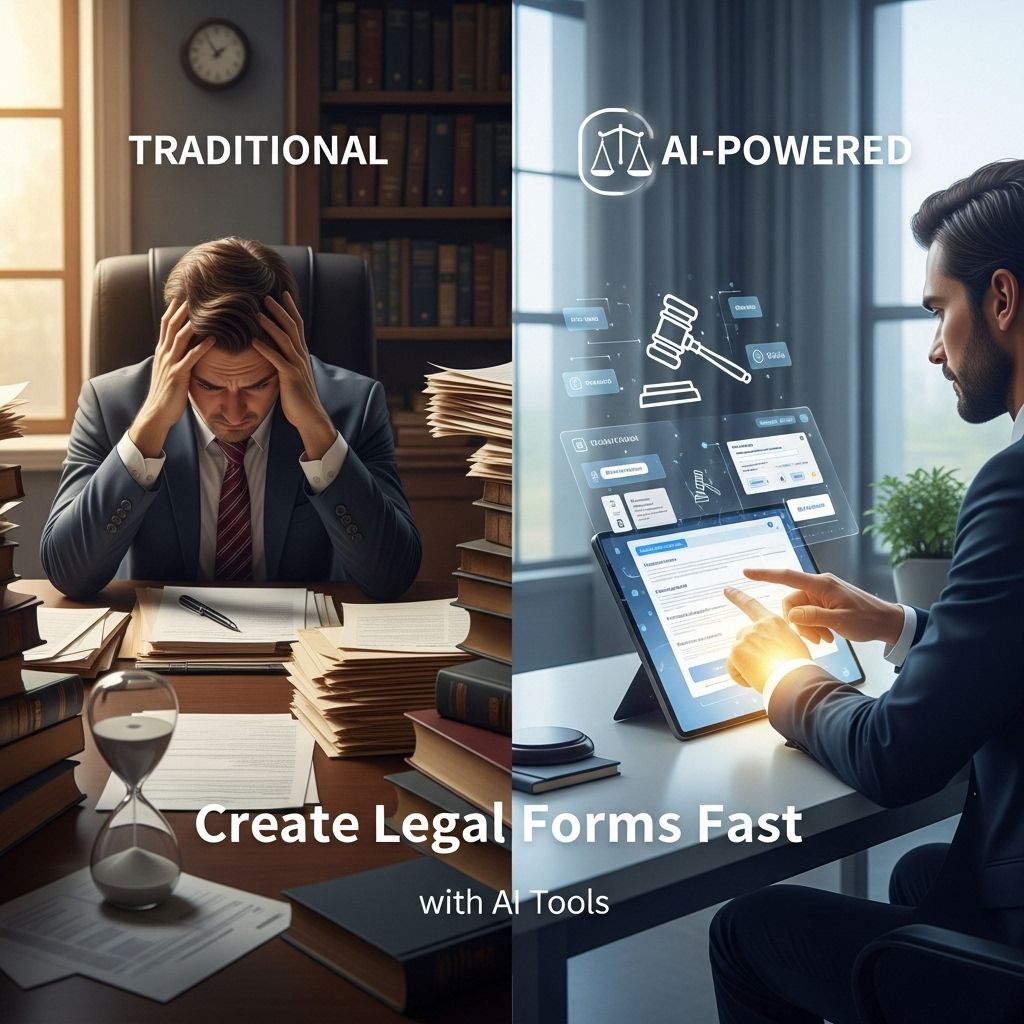Create Legal Forms with AI in Minutes
Discover how you can effortlessly create legal forms using AI technology in just minutes. Simplify your legal processes today!
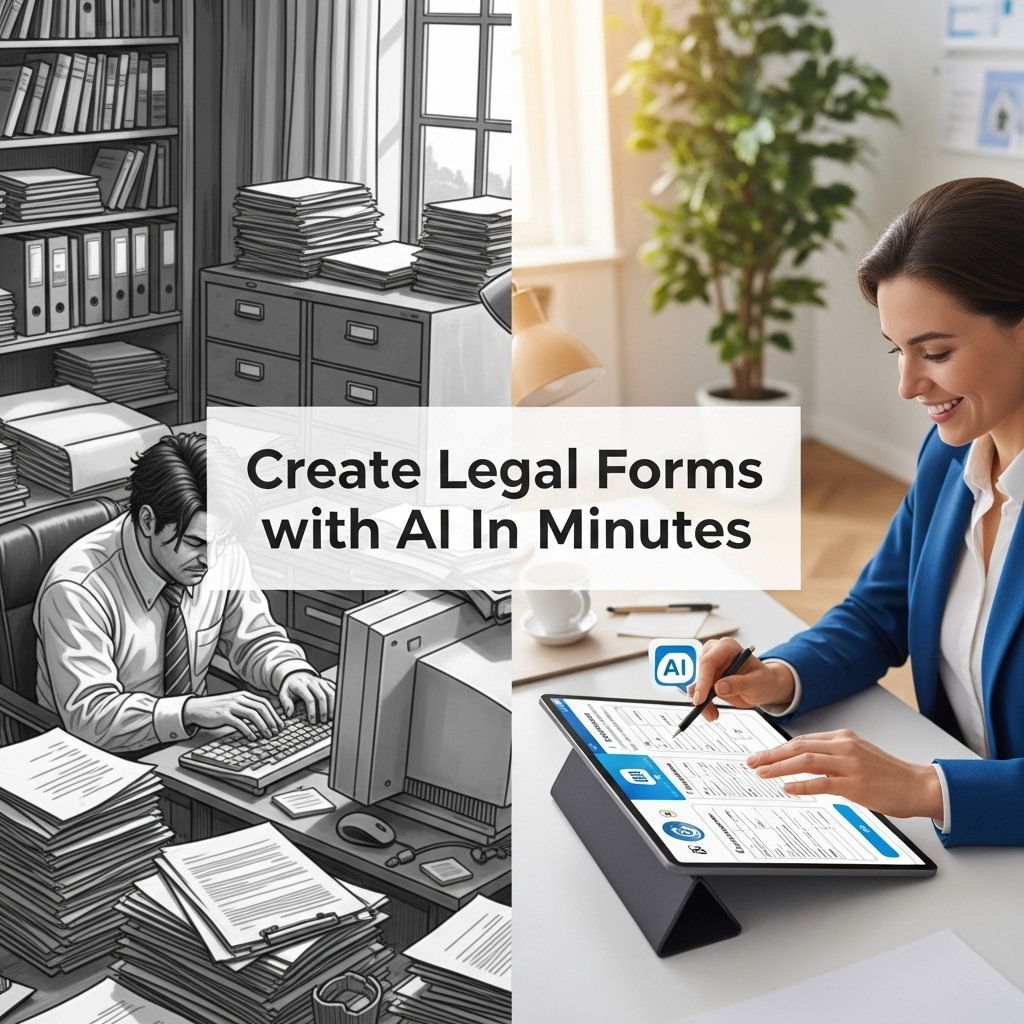
In today’s fast-paced world, technology has revolutionized how we approach everyday tasks, including legal documentation. With the rise of artificial intelligence, creating legal forms no longer has to be a cumbersome, time-consuming process. The ability to generate comprehensive legal documents in mere minutes is now at our fingertips, thanks to AI-powered tools.
Table of Contents
Understanding AI and Legal Forms
Artificial Intelligence (AI) refers to the simulation of human intelligence in machines designed to think and act like humans. In the legal domain, AI can assist in drafting, reviewing, and managing legal documents, making the process more efficient and less prone to human error. With advancements in natural language processing, AI can understand and generate text that meets legal standards.
The Benefits of Using AI for Legal Documentation
- Speed: Generate legal forms in just minutes rather than days.
- Cost-effective: Reduce the need for expensive legal consultations.
- Customization: Tailor documents to specific needs and jurisdictions.
- Accessibility: Empower individuals and small businesses to handle their legal needs.
Types of Legal Forms You Can Create
AI can assist in generating a variety of legal documents, including but not limited to:
- Contracts: Business agreements, employment contracts, and service agreements.
- Legal Notices: Eviction notices, cease and desist letters, and demand letters.
- Incorporation Documents: Articles of incorporation and bylaws for businesses.
- Wills and Trusts: Estate planning documents that ensure your wishes are honored.
How AI Works in Document Creation
AI-powered legal form generators incorporate several technologies:
| Technology | Description |
|---|---|
| Natural Language Processing | Allows AI to understand and generate human language. |
| Machine Learning | Enables the AI to learn from previous documents to improve accuracy. |
| Rule-Based Systems | Uses predefined legal rules to ensure compliance with legal standards. |
Steps to Create Legal Forms Using AI
Creating legal forms using AI is a straightforward process that typically involves the following steps:
1. Choose the Right AI Tool
There are several AI-based legal form generation tools available, including:
- LegalZoom: Known for its comprehensive legal services.
- Rocket Lawyer: Offers a variety of customizable legal documents.
- DocuSign: Excellent for signing and managing documents electronically.
2. Select a Template
After choosing a tool, select a template relevant to your needs. Most AI platforms provide a range of templates based on different legal requirements.
3. Input Your Information
Fill in the required information. The AI will ask you questions to gather necessary details, which will be used to customize the document.
4. Review and Edit
Once the AI generates the document, review it carefully. Make any necessary edits to ensure it meets your specific requirements.
5. Finalize and Save
After verifying the document, finalize it. Most platforms will allow you to download it in various formats, such as PDF or Word.
Potential Pitfalls to Avoid
While AI can greatly enhance the process of creating legal forms, there are some pitfalls to be aware of:
- Over-reliance on Technology: Always review AI-generated documents to ensure accuracy and compliance.
- Jurisdictional Differences: Legal requirements can vary by state or country, so ensure the AI tool accounts for your specific jurisdiction.
- Confidentiality Concerns: Be cautious when inputting sensitive information into online platforms.
Best Practices for Using AI in Legal Documentation
To maximize the benefits of AI in legal form creation, consider the following:
- Research: Understand the features and limitations of the AI tool you choose.
- Consult a Professional: When in doubt, consult an attorney for complex legal matters.
- Stay Informed: Keep up with the latest developments in AI technology and legal standards.
The Future of AI in Legal Services
The integration of AI into legal services is still in its early stages, but the potential is enormous. As technology continues to advance, we can expect:
- Increased Automation: More processes will be automated, reducing the time spent on repetitive tasks.
- Enhanced Predictive Analytics: AI will provide better insights into legal outcomes based on historical data.
- Improved User Experience: Tools will become more intuitive, catering to users with varying levels of legal knowledge.
Conclusion
AI is transforming the landscape of legal documentation, making it more accessible and efficient. By understanding how to leverage these tools effectively, individuals and businesses can save time and resources while ensuring compliance with legal standards. Embracing AI for legal form creation can empower users to take control of their legal needs, paving the way for a more streamlined and affordable legal process.
FAQ
What types of legal forms can I create using AI?
You can create a variety of legal forms such as contracts, agreements, wills, and more using AI tools designed for legal form generation.
How long does it take to generate a legal form with AI?
With AI tools, you can typically generate legal forms in just a few minutes, streamlining the process significantly.
Are the AI-generated legal forms legally binding?
Yes, AI-generated legal forms can be legally binding, provided they comply with your local laws and regulations.
Do I need legal expertise to use AI for creating legal forms?
No, AI tools are designed to be user-friendly, allowing individuals without legal expertise to create forms easily.
Can I customize the legal forms created by AI?
Yes, most AI platforms allow you to customize the generated legal forms to fit your specific needs and requirements.
Is it safe to use AI for creating legal documents?
Yes, as long as you use reputable AI platforms with strong privacy and security measures in place, it is generally safe to create legal documents.


